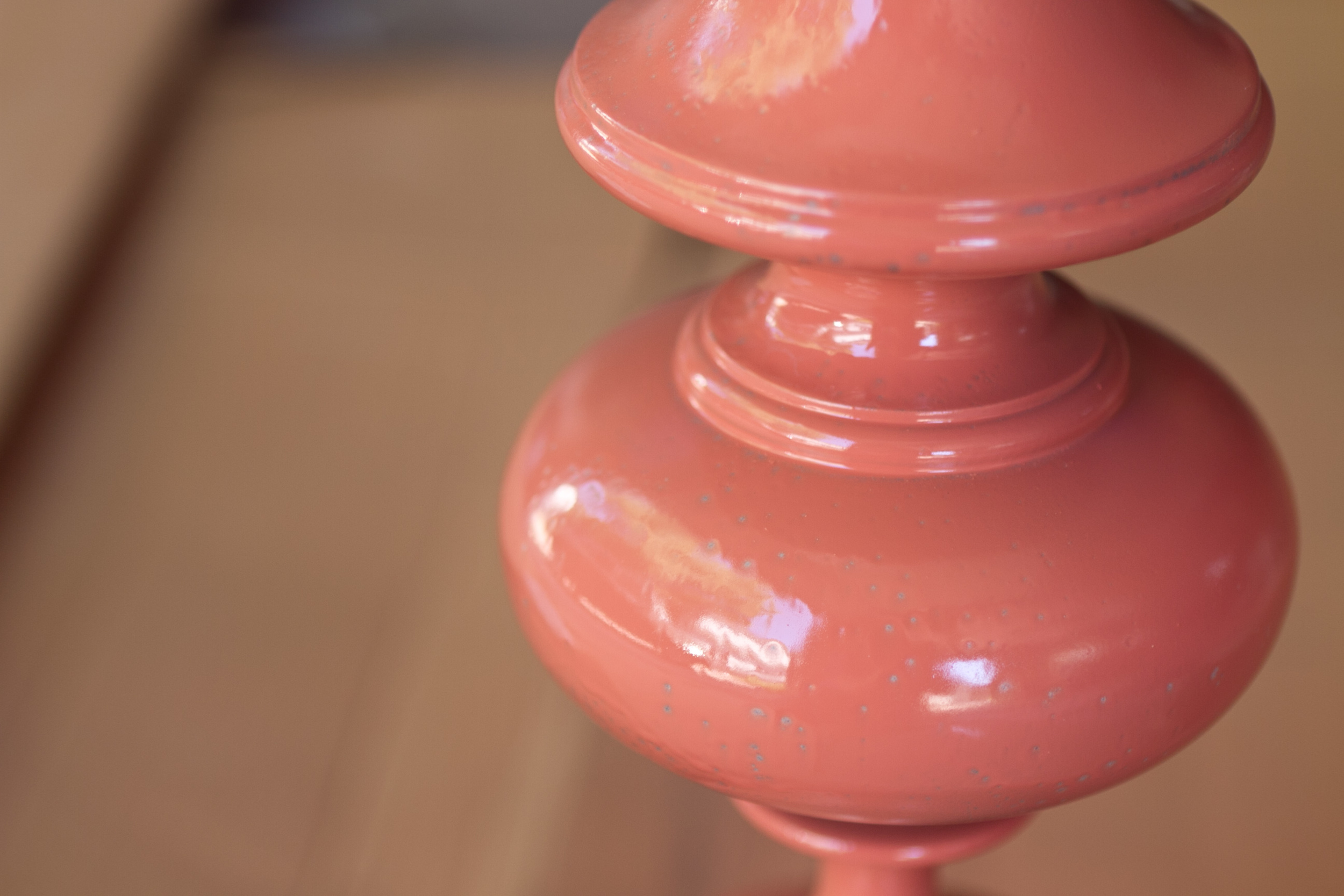How to Save Money on Home Renovation
/Recently, we worked with clients who had their hearts set on moving to the University Heights neighborhood. With its close proximity to the UW campus, downtown, and the bustling commerce of University Avenue and Monroe Street, University Heights is a highly sought-after area. (Learn more about Madison neighborhoods!)
The family knew what they needed (and wanted!) in a home: ample square footage, vintage charm, and modern conveniences. But, to stay within their budget, they found themselves looking at a lot of homes that needed serious work (last year, the average sold price for homes in University Heights was $430,000). To find a home that met their needs at a price they could afford, they needed to learn how to spot which homes would benefit the most from cost-effective improvements, so that they could see each home's full potential.
The following is a list of tips we shared with them, to help guide their purchase and ensure they could save money on home renovation. Interested in finding the home of your dreams, at a price you can afford? Want to know how to get the most bang for your buck when planning a home renovation? Then these tips are for you.
1. Use your own plumber & electrician, rather than hiring a general contractor to subcontract everything. If you don’t have a go-to person, ask your Realtor for a referral. We’ve found a big difference in pricing from various electricians, for example; some electricians simply know older homes and electrical systems better than others, making the removal of knob and tube wiring much less invasive and more affordable.
2. Be your own painter. Paying the pros to paint can add thousands of extra dollars to a renovation job. But doing the painting yourself can be a simple and straightforward way to trim your bottom line.
3. Refinish the floors yourself. Sure, it can be time-consuming and messy -- but you can rent the equipment and find expert DIY tutorials online. And the savings here can really add up!
4. Keep the existing washer and dryer if they work. They’re not a highly visible appliance like a refrigerator or stove. And when properly maintained, the older sets are often more reliable than newer ones. Ask us for referrals if you’re considering appliance repair, or thinking about purchasing refurbished/gently used units.
5. Buy used and/or vintage items. Save money while staying true to your home’s original decor by using materials from places like Habitat ReStore, or Deconstruction, Inc., where you’ll find everything from previously used appliances, cabinetry, flooring, sinks, faucets, light fixtures, old built-ins, floor grates, wood work, etc. Stores like ReStore generally offer newer options, while Deconstruction, Inc., offers a more eclectic, antique inventory (for Deconstruction's phone number, just contact us!). Online shops like Etsy and Ebay are great sources when searching for antique light fixtures, tiles, etc. And don't forget Craigslist!
6. Consider returns, floor models, and imperfect items. We're amazed at how much money can be saved at the scratch and dent sales; most of the time, the flaws aren’t even visible once installed.
7. Search for coupons. One of our clients just bought a pristine stainless steel stove from American TV for half of the retail price by using coupons and watching the sales.
8. Use flooring and tile "leftovers". Talk to your contractor to find out the exact amount of materials needed for the bathroom and kitchen. Watch sources like ReStore for affordable, quality materials. If you’re looking at tiling a small space, chances are good that you’ll find enough “leftovers” from someone else's home improvement project. Many local retailers donate brand new flooring remnants, as well, which can be perfect for smaller rooms.
9. Update used fixtures. Why spend hundreds of dollars (or more!) on new light fixtures, when paint and other simple alterations can turn your existing fixtures into something fabulous? (Other great examples here and here!)
9. Don't go overboard. Know what kind of features are considered standard for your type of home, your neighborhood, and your price point. Upgrades like tiled showers, granite counter tops, and stainless steel appliances are nice, but they can be overkill, depending upon your market.
10. Keep a list of supplies. Talk to your contractor to get a very clear understanding of what materials s/he needs; make a list of every light fixture, every piece of flooring, every cabinet, faucet, etc. Write down the dimensions for every item, make a copy of the list to keep in your wallet, and a spare to keep at home. This way, if you see something at a sale or online that catches your eye, you'll be able to purchase it on the spot.
Buying a home? Contact us to learn how to get the most bang for your buck.
Selling a home? Let us help buyers see all that your home has to offer, as well as the potential to add their own personal touch!




